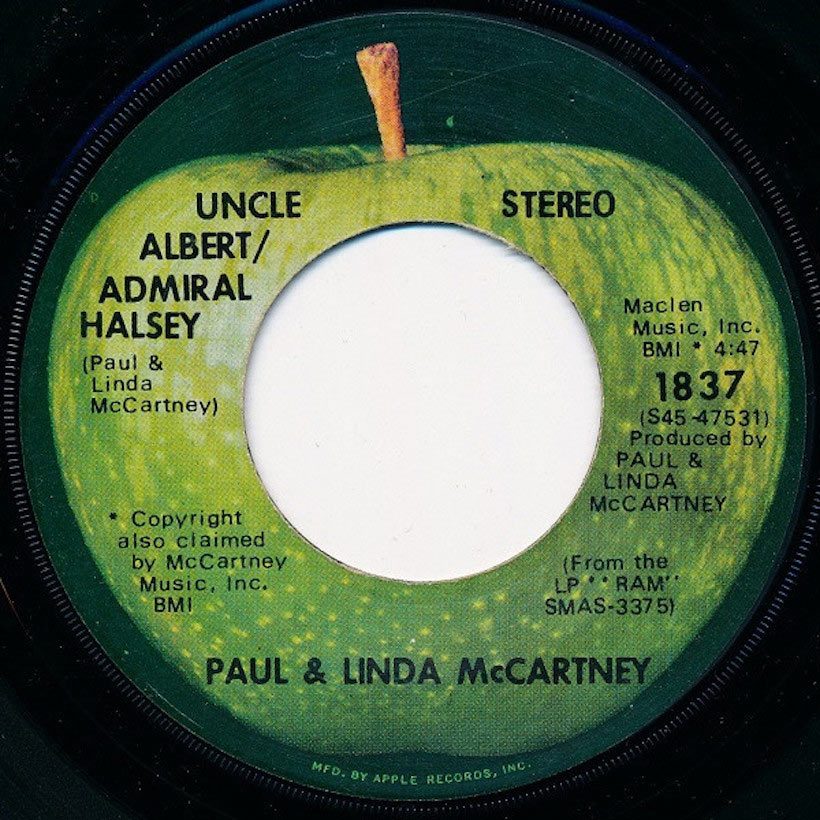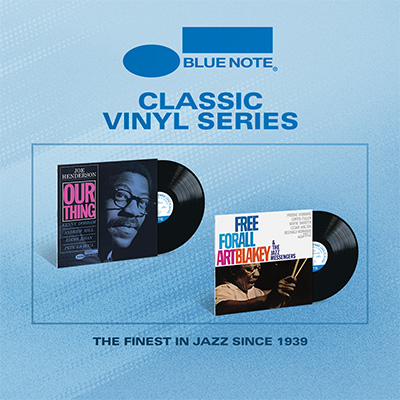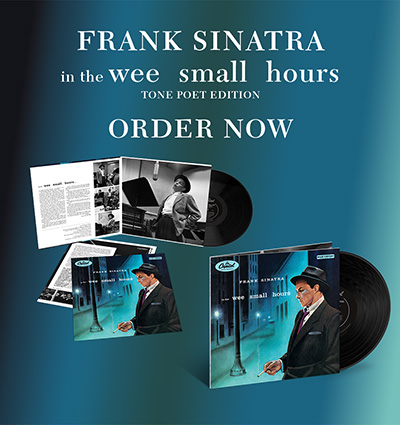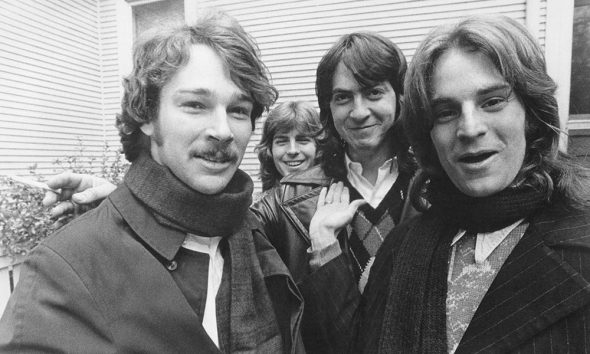Paul McCartney Spreads His Wings As A Solo Artist
On September 4, ‘Uncle Albert/Admiral Halsey’ became the first of a string of post-Beatles, McCartney-penned singles to top the US pop chart.

In early August 1971 Paul & Linda McCartney released “Uncle Albert/Admiral Halsey” from their album, Ram. On September 4, it jumped a massive 11 places from No.12 on the Hot 100 to No.1, becoming the first of a string of post-Beatles, McCartney-penned singles to top the US pop chart, and the first of McCartney’s gold records as a solo artist.
Recorded a year earlier, in November 1970, it is a much-loved song by fans, but it’s also a song with an unusual beginning.
“Uncle Albert/Admiral Halsey” is made up of several unfinished songs that McCartney stitched together, in a similar way to the medleys from The Beatles’ Abbey Road album. McCartney said that “Uncle Albert” was based on his uncle. “He’s someone I recall fondly, and when the song was coming it was like a nostalgia thing,” he explained. Whereas, “Admiral Halsey, he’s an American admiral,” referred to Fleet Admiral William “Bull” Halsey (1882–1959). McCartney felt that the “Uncle Albert” section of the song was an apology from his generation to the older generation, while Admiral Halsey was an authoritarian figure who ought to be ignored.
“I had an uncle – Albert Kendall – who was a lot of fun, and when I came to write ‘Uncle Albert/Admiral Halsey’ it was loosely about addressing that older generation, half thinking ‘What would they think of the way my generation does things?,” said McCartney. “That’s why I wrote the line ‘We’re so sorry, Uncle Albert.’ There’s an imaginary element in many of my songs – to me, Admiral Halsey is symbolic of authority and therefore not to be taken too seriously. We recorded it in New York and George Martin helped me with the orchestral arrangement. I was surprised when it became a big hit.”
The song includes sound effects — the sounds of a thunderstorm, rain, a telephone ringing, a message machine, sea birds, and wind by the seashore. Linda’s voice is heard in the harmonies as well as the bridge section of the “Admiral Halsey” portion of the composition.
The song’s success in 1971 gave Paul McCartney an enviable songwriting record at the time, for the most consecutive calendar years to write a No. 1 song. Paul achieved eight consecutive years (starting with “I Want to Hold Your Hand”), while John Lennon had only managed seven years.














